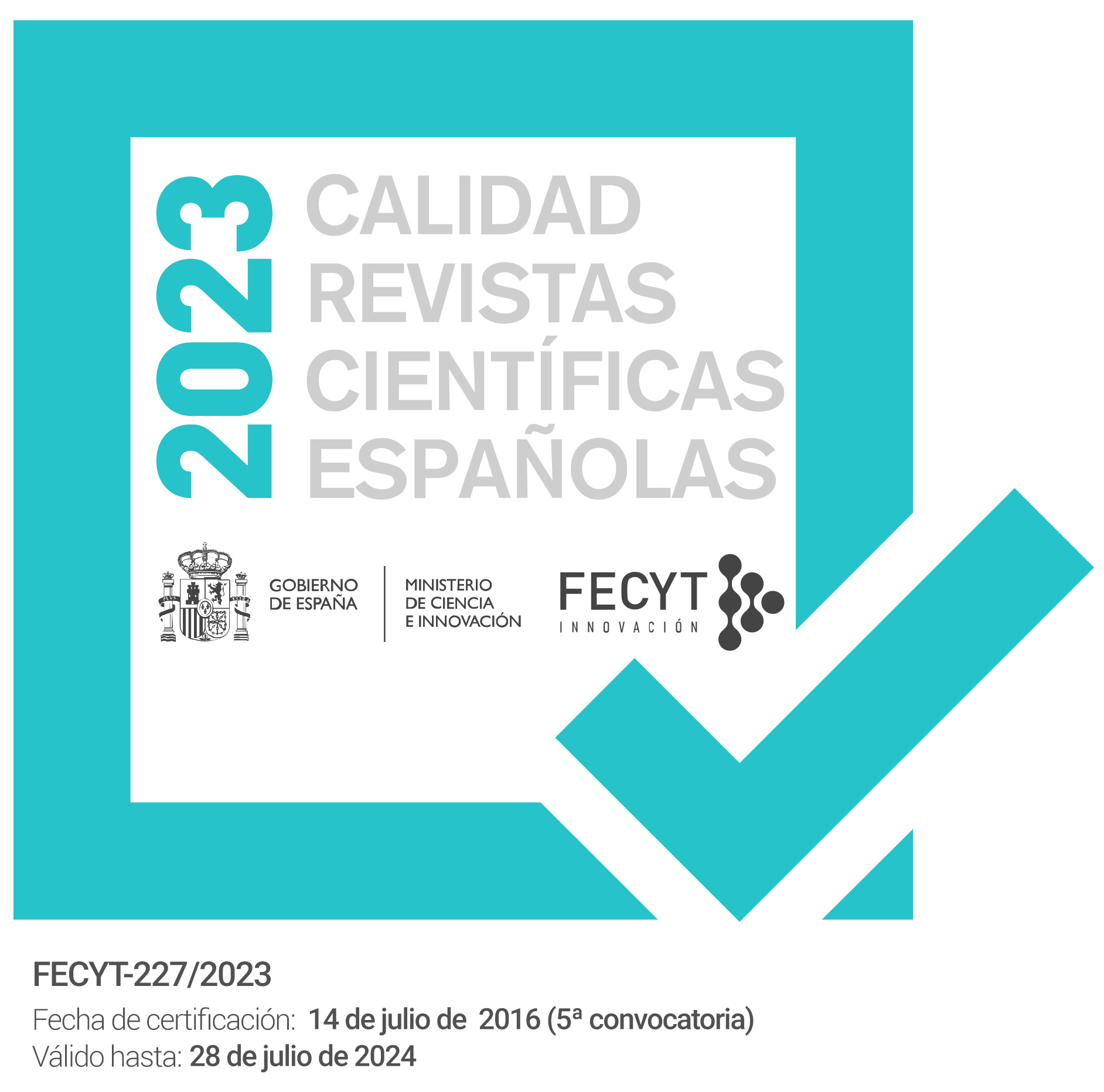Anti-diarrhoeal properties of Diospyros peregrina in the castor oil-induced diarrhoea model in mice
Keywords:
Diospyros peregrina, Ebenaceae, Diarrhoea, Dysentery, Traditional MedicineAbstract
Diospyros peregrina Gruke. (Ebenaceae) possesses a number of medicinal properties, and is used in Bangladeshi traditionalmedicine. In this study, the methanol extracts of the barks and seeds of this plant have been investigated inthe castor oil induced diarrhoea model in mice. The extracts were also studied for their anti-bacterial properties bydisc diffusion method against a number of pathogenic bacteria responsible for causing diarrhoea and dysentery. Atthe doses of 250 and 500 mg/kg body weight, the extracts delayed the onset of diarrhoea. The extracts also reduced thefrequency and severity of diarrhoea in test animals throughout the study period. At the same doses, the extracts delayedthe intestinal transit of charcoal meal in test animals as compared to the control, and the results were statistically significant. In both cases the seed extract was found to be more potent than the bark extract. The bark extract inhibitedthe growth of Staphylococcus aureus, Shigella dysentery, Escherichia coli and Pseudomonas aeruginosa, whereas theseed extract demonstrated inhibitory activity against S. aureus, S. dysentery and E. coliDownloads
References
Phytochemical and Ethnobotanical Databases. USDA, ARS, Beltsville Agricultural Research Center, Beltsville, Maryland,
USA. 2005. Available online at: http://www.ars-grin.gov/duke/
Uddin SJ, Shilpi JA, Alam SMS, Alamgir M, Rahman MT, Sarker SD. Antidiarrhoeal activity of the methanol extract of the barks of Xylocarpus molucensis in castor oil and magnesium sulphate-induced diarrhoea models in mice. 2005; J. Ethnopharmacol. 2005; 101: 139-143.
Kirtikar KR, Basu BD. Indian Medicinal Plants, 2nd edition. 1999; International Book Distributors, Dehradun, India p 1503.
Singh N, Nath R, Gupta ML. A pharmacological evaluation of antistress activity of Diospyros peregrina Gurke. Ind. J. Pharmacol. 1988; 20:102-108.
Ghani A. Medicinal Plants of Bangladesh. 1998; Asiatic Society of Bangladesh, Dhaka, p 164.
Yusuf M, Chowdhury JU, Yahab MA, Begum J. (Medicinal Plants of Bangladesh 1994; BCSIR Laboratories, Bangladesh, p 95.
Joshi SG. Medicinal Plants. 2000; Oxford and IBH Publishing Co Pvt. Ltd India, p173.
Misra PS, Misra G, Nigam SK, Mitra CR. Constituents of Diospyros peregrina fruit and seed. Phytochemistry. 1971; 10: 904-905.
Chauhan JS, Kumari G. Nonadecan-7-ol-2-one an aliphatic ketol from Doiospyros peregrina, Phytochemistry. 1980; 19: 2637-2638.
Jain N, Yadav RN. Peregrinol, a lupane type triterpene from the fruits of Diospyros peregrina. Phytochemistry. 1994; 35: 1070-1072.
Jain N, Yadav RN. Furano-(2’’,3’’,7,8)-3’,5’-dimethoxy-5-hydroxyflavone: A new furanoflavone from the fruits of Diospyros peregrina Gurke. Asian J. Chem. 1997; 9: 442-444.
Chauhan JS, Saraswat M, Kumari G. Structure of a new flavanone glycoside from Doiospyros peregrina roots. Ind. J. Chem. 1982; 21: 169-170.
Shoba FG, Thomas M. Study of antidiarrhoeal activity of four medicinal plants in castor oil induced diarrhoea. Journal of Ethnopharmacol. 2001; 76: 73-76.
Abdullahi AL, Agho MO, Amos S, Gamaniel KS, Watanabe C. Antidiarrhoeal activity of aqueous extract of Terminalia
avicennoides roots. Phytother. Res. 2001; 15: 431-434.
Bauer AW, Kirby WMM, Sherris JC, Truck M. Antibiotic susceptibility testing by a standardized single disk method, The Amer. J. Clin. Pathol. 1966; 45: 493-496.
Cruickshank R. Medical Microbiology, A guide to diagnosis and control of infection. 1968; E. and S. Livingstone Ltd., Edinburgh and London, p 888.
Hardman JG, Limbird LE. Goodman Gillman’s The Pharmacological Basis of Therapeutics, 9th edition. 1996; McGraw-Hill, USA., p 925.
Gaginella TS, Stewart JJ, Olsen WA, Bass P. Action of recinoleic acid and structurally related fatty acid on the gastrointestinal
tract. II. Effect on water and electrolyte absorption in-vitro. Journal of Pharmacology and Experimental Therapeutic. 1975; 195: 355-356.
Ammon HV, Thomas PJ, Phillips S. Effect of the oleic acid and recinolic acid on net jejunal water and electrolyte movement. Journal of Clinical Investigation. 1974; 53: 374-379.
Karim SMM, Adaikan PG. The effect of loperamide on prostaglandin-induced diarrhoea in rat and man. Prostaglandins.
; 13: 321-331.
Couper IM. Opioid action on the intestine: the importance of the intestinal mucosa, Life Sci. 1987; 41: 917-925.
Cotran RS, Kumar V, Robbins SL. Robins Pathologic Basis of Disease. 1994; 5th edition, Prism Books (Pvt) Ltd, India, pp328-335.
Downloads
Published
How to Cite
Issue
Section
License
The articles, which are published in this journal, are subject to the following terms in relation to the rights of patrimonial or exploitation:
- The authors will keep their copyright and guarantee to the journal the right of first publication of their work, which will be distributed with a Creative Commons BY-NC-SA 4.0 license that allows third parties to reuse the work whenever its author, quote the original source and do not make commercial use of it.
b. The authors may adopt other non-exclusive licensing agreements for the distribution of the published version of the work (e.g., deposit it in an institutional telematic file or publish it in a monographic volume) provided that the original source of its publication is indicated.
c. Authors are allowed and advised to disseminate their work through the Internet (e.g. in institutional repositories or on their website) before and during the submission process, which can produce interesting exchanges and increase citations of the published work. (See The effect of open access).


















